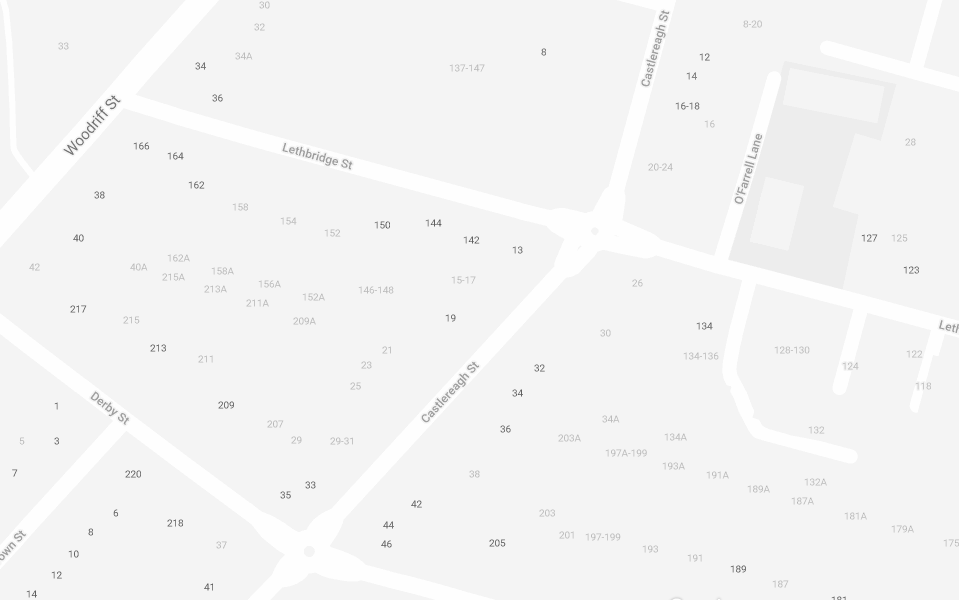
ATO audits continue to target Lifestyle assets
The ATO has today revealed its request to receive a further five years’ worth of policy information from over 30 insurance companies about taxpayers who own marine vessels, thoroughbred horses, fine art, high-value motor vehicles and aircraft.
The request will see the Tax Office’s lifestyle assets data-matching program extended up to 2019–20, with the agency already holding insurance policy information for the 2013–14 and 2014–15 financial years.
Marine vessels over the value of $100,000, motor vehicles worth over $65,000, thoroughbred horses worth over $65,000, fine art over $100,000 per item, and aircraft worth over $150,000 all fall within the ATO’s data-collection scope.
The Tax Office will use this information to form a more complete picture of a taxpayer’s financial situation to ensure they are fulfilling their tax and superannuation reporting obligations.
ATO deputy commissioner Deborah Jenkins said that while the Tax Office anticipates receiving information about assets owned by around 350,000 taxpayers, the data would not be used to initiate automated compliance activity.
“Taxpayers selected for compliance activities are identified through other methodologies. The data is made available to our compliance teams to support their risk profiling of the selected taxpayers. Existence of an insurance policy may or may not prompt the compliance officer to pursue a particular line of inquiry,” Ms Jenkins said.
“If a taxpayer is reporting a taxable income of $70,000 to us but we know they own a $3 million yacht, then this is likely to raise some red flags.
“Regardless of your level of wealth, we all need to pay the correct amount of tax, and this data will allow us to ensure those people who can afford these kinds of items are doing the right thing, along with everyone else.”
The ATO will retain each financial year’s data for five years from receipt of the final instalment of verified data files from the data providers.
Ms Jenkins also noted that aside from helping identify taxpayers who may be understating their income, the data from insurers may be used by the ATO to identify taxpayers who have made capital gains on the disposal of certain assets but who have not declared this to the ATO.
“With high-value assets like fine art, there can be some significant capital gains made when these assets are sold, and capital gains tax may need to be paid on the sale or disposal of these items,” Ms Jenkins said.
The data will also be used by the ATO to identify incorrect goods and services tax (GST) input tax credits where taxpayers are purchasing the assets for purely personal reasons and claiming GST credits as if the item was a business asset.
Self-managed superannuation funds that the ATO suspects may be acquiring lifestyle assets purely for personal enjoyment of the fund’s trustee or beneficiaries are also likely to be looked at by the ATO.
Insurers are required to provide the ATO with policy information where the value of assets is equal to or exceeds the following thresholds:
- Marine vessels $100,000
- Motor vehicles $65,000
- Thoroughbred horses $65,000
- Fine art $100,000 per item
- Aircraft $150,000
Jotham Lian
18 December 2019
accountantsdaily.com.au





